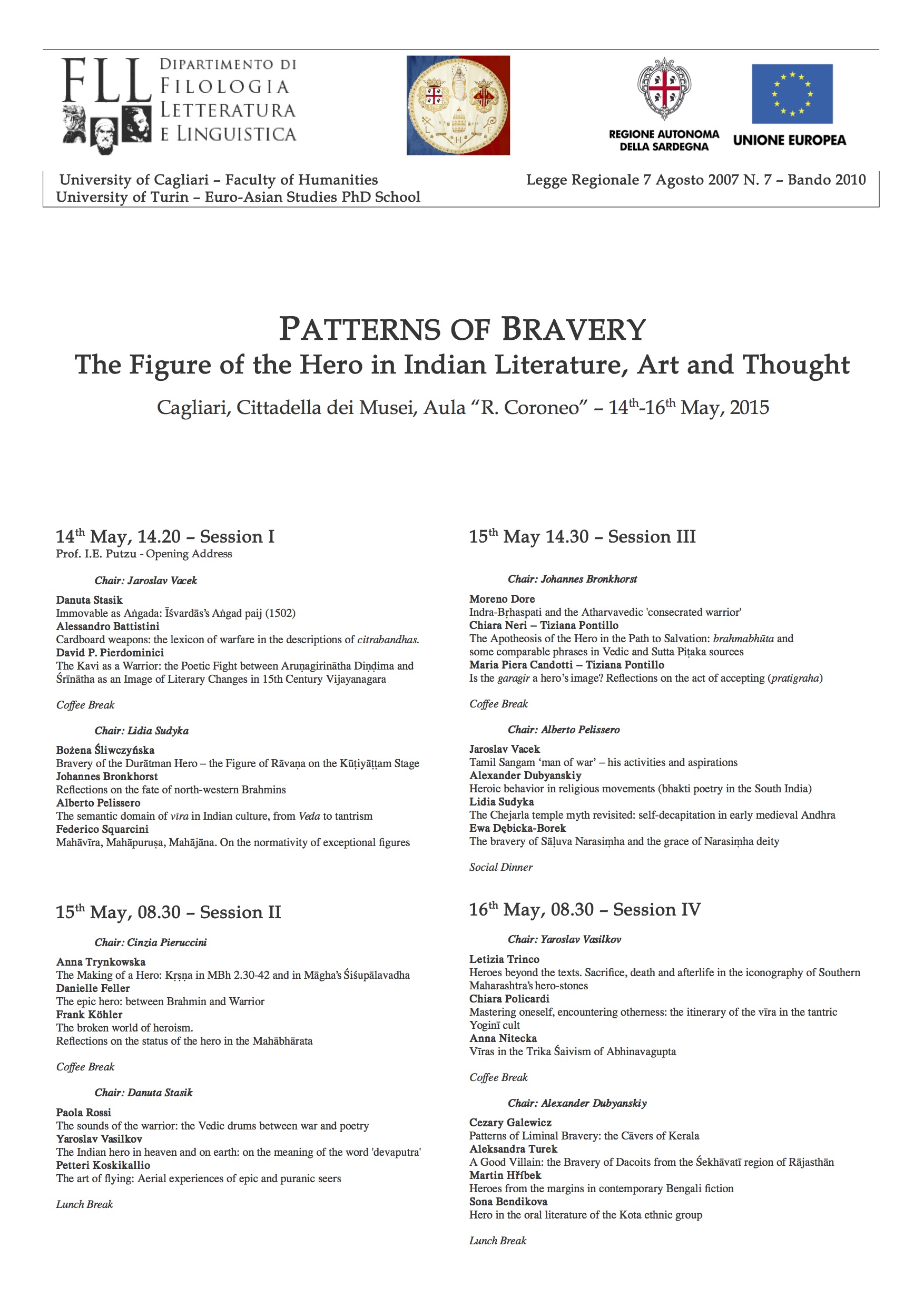As most readers will know, Johannes Bronkhorst (1985) and Philipp Maas (2006, 2013, see also this post) have recently cast doubt on the traditional idea that the Yogasūtra has been authored by Patañjali and then commented upon by Vyāsa in the Yogabhāṣya. Some authors (such as Dominik Wujastyk, Jim Mallinson and Jonardon Ganeri, if I am not misunderstanding them) have accepted Maas’ view. Others don’t accept it without offering much explanation (see Shyam Ranganathan’s few lines in his Handbook of Indian Ethics). Federico Squarcini engages in his translation and study of the Yogasūtra in a longer discussion of this view,
Tag Archives: Johannes Bronkhorst
Again on the existence of a separate Yogasūtra
As most readers know, Philipp Maas (elaborating on a short article by Johannes Bronkhorst) has claimed that it is highly probable that an independent Yogasūtra never existed and that we should therefore only speak of the Pātañjalayogaśāstra, a work including what is known as Yogasūtra and what is known as Yogabhāṣya. He notices that the Yogasūtra is not independently transmitted, that all quotes until the 11th c. refer to either the YS or the YBh in the same way, as if they were the same work. For more details, see section 2 of his article in Franco 2013 (available here) and his article in Bronkhorst 2010 (available here).
Federico Squarcini recently disputed this claim
Some basic tools on “dialogue” in classical Indian philosophy
Interested readers can find some information on the traditions of dialectic and eristic in India in the following studies (scroll doewn for my comments on each of them and a tentative summary):
On table of contents in alphabetic order
I am reading Saṃskṛta-sādhutā, the Festschrift for Ashok Aklujkar, a book which contains many interesting essays on various topics, several of which are dedicated to Grammar. Luckily enough, three of them have been authored by Johannes BRONKHORST, Maria Piera CANDOTTI and George CARDONA and come, therefore, one after the other in the alphabetic order which has been used for determining the sequence of the essays in the book.
Two (or three) different narratives on Yoga, Mīmāṃsā, Viśiṣṭādvaita Vedānta etc.
Some authors tend to think that once upon a time there was one Yoga and that later this has been “altered” or has at least “evolved” into many forms. According to their own stand, they might look at this developments as meaningful adaptations or as soulless metamorphoseis.
Patterns of Bravery. The Figure of the Hero in Indian Literature, Art and Thought
Cagliari, 14th--16th May 2015
Tiziana Pontillo signalled me the conference mentioned in the title. You can download the flyer here.

From the point of view of methodology, let me praise T. Pontillo for the fact that she will give two joint papers. Let us all learn from each other and dare more cooperative work (if we enjoy it)!
On the Indian lack of distinction between linguistic and external reality
In his contribution to a recent symposium (Does Asia think differently? –Symposium zu Ehre Ernst Steinkellners), as well as in many other publications of him (e.g., Langage et Réalité: sur un épisode de la pensée indienne, 1999), Johannes Bronkhorst answered that yes, there is a substantial difference between “our” thought and the Indian one, in so far as the latter does not distinguish between purely linguistic problems and genuine ones.
Is there really a single author of the Yogasūtra and Yogabhāṣya?
The idea that the Yogasūtra (henceforth YS) and the Yogabhāṣya (henceforth YBh) are not two distinct texts has been discussed for the first way in a systematic way by Johannes Bronkhorst in 1985 (“Patañjali and the Yoga Sūtras”, Studien zur Indologie und Iranistik). Philipp Maas in his published PhD thesis (Maas 2006) examined it again and Philipp Maas in his contribution to Eli Franco’s Periodization and Historiography of Indian Philosophy (2013) dealt with it again in greater detail.
